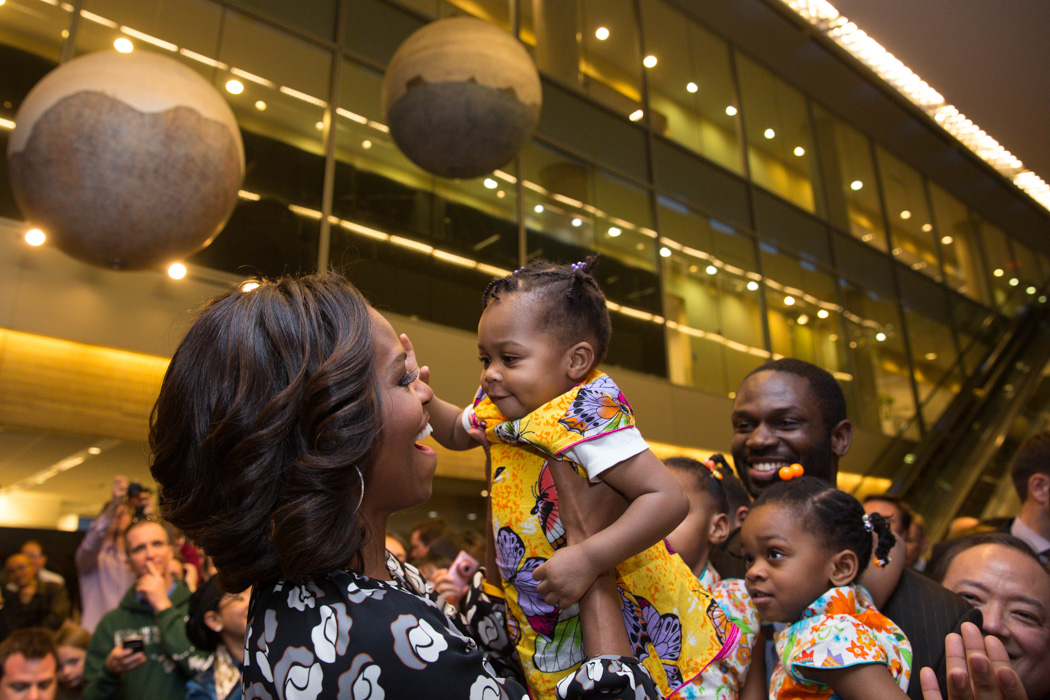
Note: This post is part of a series authored by First Lady Michelle Obama to share her visit to China with young people in the U.S. You can read all of the First Lady's posts at WhiteHouse.gov/First-Lady-China-Trip.
This evening, I dropped by the U.S. Embassy in Beijing. It’s a beautiful complex of light-filled buildings, fountains and trees just outside 3rd Ring Road, one of Beijing’s busiest streets.
Hundreds of people report for work here every day. Many are Americans – Foreign Service officers, civil servants, and others in Beijing on their latest "tour." Most tours last two or three years. After that, these folks head to their next assignment somewhere else around the world. Usually their families go with them, unless they’re going to a country that’s viewed as dangerous or unstable. In those cases, families stay home, which as you can imagine can be tough on everyone.
Other employees are what we call "locally employed staff" – staff members who are from the country where the embassy is located. In Beijing, locally employed staff do everything from driving embassy vehicles to helping run our local arts and education programs to organizing visits for American officials. At all our embassies, our locally employed staff members have invaluable knowledge about the people, language and culture.
Our embassies manage all the different aspects of America’s relationship with other countries. Here are just a few things that happen at the U.S. Embassy in Beijing on an average day:
U.S. law enforcement officers and their Chinese counterparts work to address international crimes like drug trafficking. Agriculture experts promote exports of U.S. crops to China. Consular officers interview thousands of Chinese people applying for visas to the U.S. And cultural officers organize public performances by American musicians and dancers – because another purpose of an embassy is to introduce the people of other countries to the culture, values and history of America.
In the movies, Americans race to the nearest embassy when they’re in danger. And in fact, helping U.S. citizens who run into problems overseas is one of an embassy’s highest priorities. So if you’re abroad and lose your passport, get in an accident, or get in trouble with the police and don’t know what to do – call the embassy. (Or even better, register your trip with the State Department at www.travel.state.gov before you leave.)
The United States has missions in 190 countries worldwide. And when you think about it, that’s pretty incredible: almost everywhere on Earth, you can find a little patch of the United States where Americans are ready to help you if you need it and are working hard to build friendships and cooperation with people from other nations. It’s an amazing testament to the reach and impact that America has around the globe. So it’s my absolute pleasure to stop by when I’m in town and say thank you to all the embassy staff working hard every day to serve our nation and our world.
If you’re interested in working at an American embassy someday, go here: careers.state.gov



